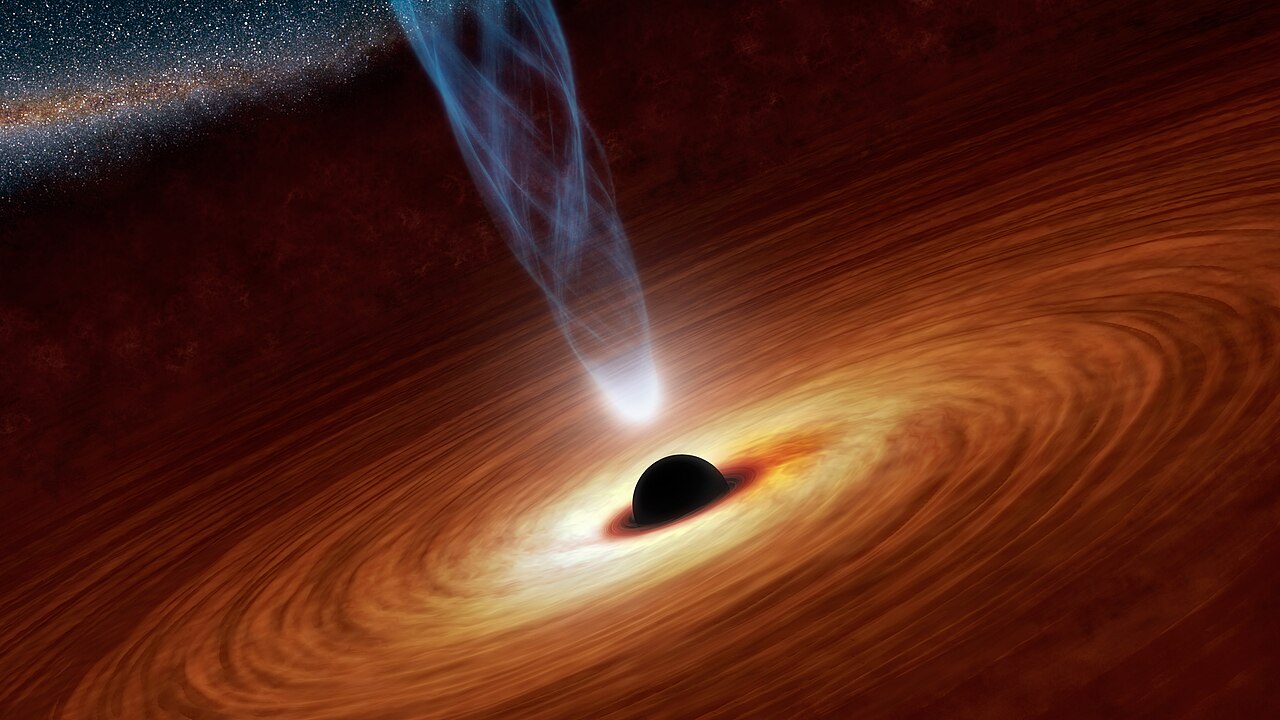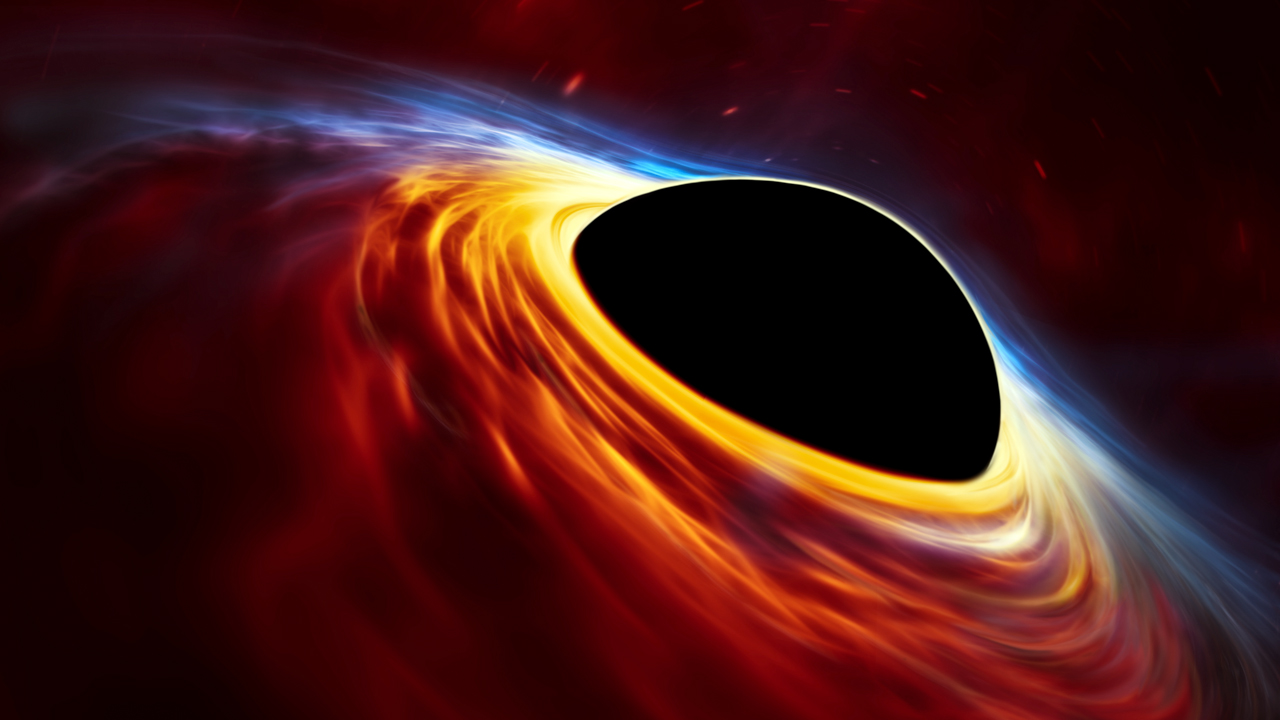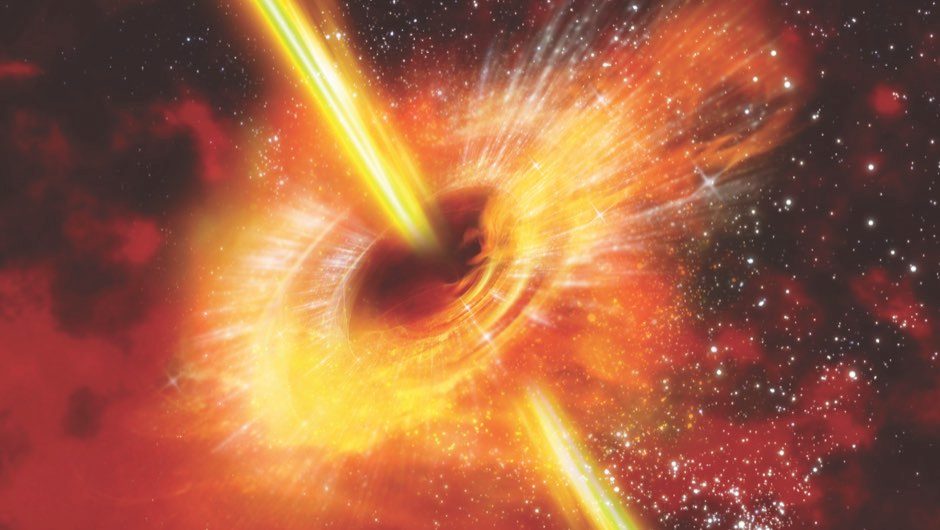Every large galaxy in the nearby universe contains a supermassive black hole at its core. The mass of those black holes seems to have a relationship to the mass of the host galaxies themselves. But estimating the masses of more distant supermassive black holes is challenging. Astronomers extrapolate from what we know about nearby galaxies to estimate distant black hole masses, but it’s not a perfectly accurate measurement.
An astrophysicist at the University of Colorado, Boulder, Joseph Simon, recently proposed that there might be a better way to measure black hole mass, and his model indicates that early black holes may be much larger than other predictions suggest.

“We have really good measurements for the masses of the supermassive black holes for our own galaxy and for galaxies close by. We don’t have those same kinds of measurements for galaxies farther away. We just have to guess,” said Simon in a press release.
But there are ways to make those guesses more accurate. Simon employed a measurement known as velocity dispersion – essentially gathering information about the spread of velocities of all the stars gravitationally bound in orbit within a galaxy. This information can be collected using a galaxy’s spectra.
What he found is that high redshift galaxies – those furthest away and most distant in time – appear to have much higher mass black holes at their cores than previously thought.
“There’s been the expectation that you would only see these really massive systems in the nearby universe. It takes time for black holes to grow,” says Simon. But that may not be true.
“We’re starting to see from a variety of different sources that there have been pretty massive things in the universe since pretty early on,” he says.

Earlier this year, for example, JWST discovered six high redshift galaxies with far larger masses than anyone thought possible.
Simon’s calculations say that supermassive black holes also seem to form earlier and grow larger.
Simon’s work is one piece of a much larger project being undertaken by the NANOGrav collaboration (North American Nanohertz Observatory for Gravitational Waves). NANOGrav is attempting to find evidence of a gravitational wave background: a steady undulation of waves at low frequencies across the universe. This might include waves from supermassive black hole collisions that can happen when galaxies merge: these events are too large and slow for detectors like LIGO to observe: it is better tuned to catch quick energetic bursts, like neutron star collisions.
“Understanding the masses of black holes is critical to some of these foundational questions like the gravitational wave background, but also how galaxies grow and how our universe has evolved,” says Simon.

NANOGrav has had some success in recent years by observing pulsars – rotating neutron stars that pulsate regularly at millisecond intervals. Their Pulsar Timing Array watches for unexpected changes in the timing of the pulses. Any irregularities in the pulses’ arrival could suggest that they are being distorted by gravitational waves.
NANOGrav has seen some tentative evidence, using more than 12 years of data, of a gravitational wave background. And in June 2023, they were also able to use this method to rule out any billion-solar-mass black hole mergers within 300 million light years.
To better model the population of supermassive black holes in the early universe, their collisions, and the resulting gravitational wave background, it is essential to have an accurate measure of their masses. Simon’s efforts are a first step in reducing scientists’ uncertainty about the masses of distant supermassive black holes, and will make future models of early galactic evolution more accurate.





